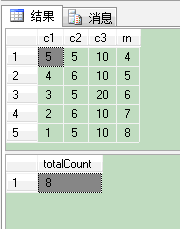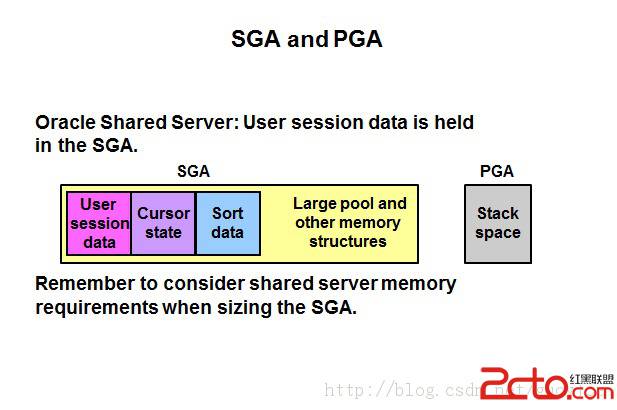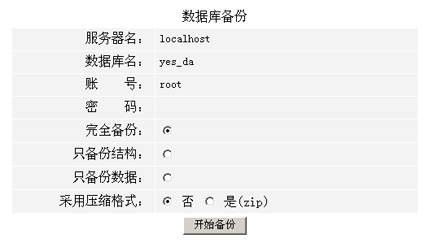Linux(2.4.0)目录项缓存dcache机制的实现分析
2002年11月8日 16:30作 者: 詹荣开
(詹荣开 zhanrk@sohu.com)
Linux用数据结构dentry来描述fs中与某个文件索引节点相链接的一个目录项(可以是文件,也可以是目录)。
每个dentry对象都属于下列几种状态之一:
(1)未使用(unused)状态:该dentry对象的引用计数d_count的值为0,但其d_inode指针仍然指向相关的的索引节点。该目录项仍然包含有效的信息,只是当前没有人引用他。这种dentry对象在回收内存时可能会被释放。
(2)正在使用(inuse)状态:处于该状态下的dentry对象的引用计数d_count大于0,且其d_inode指向相关的inode对象。这种dentry对象不能被释放。
(3)负(negative)状态:与目录项相关的inode对象不复存在(相应的磁盘索引节点可能已经被删除),dentry对象的d_inode指针为NULL。但这种dentry对象仍然保存在dcache中,以便后续对同一文件名的查找能够快速完成。这种dentry对象在回收内存时将首先被释放。
Linux为了提高目录项对象的处理效率,设计与实现了目录项高速缓存(dentry cache,简称dcache),它主要由两个数据结构组成:
1. 哈希链表dentry_hashtable:dcache中的所有dentry对象都通过d_hash指针域链到相应的dentry哈希链表中。
2. 未使用的dentry对象链表dentry_unused:dcache中所有处于“unused”状态和“negative”状态的dentry对象都通过其d_lru指针域链入dentry_unused链表中。该链表也称为LRU链表。
目录项高速缓存dcache是索引节点缓存icache的主控器(master),也即dcache中的dentry对象控制着icache中的 inode对象的生命期转换。无论何时,只要一个目录项对象存在于dcache中(非negative状态),则相应的inode就将总是存在,因为 inode的引用计数i_count总是大于0。当dcache中的一个dentry被释放时,针对相应inode对象的iput()方法就会被调用。
1 目录项对象的SLAB分配器缓存dentry_cache
dcache是建立在dentry对象的slab分配器缓存dentry_cache(按照Linux的命名规则,似乎应该是 dentry_cachep,^_^)之上的。因此,目录项对象的创建和销毁都应该通过kmem_cache_alloc()函数和 kmem_cache_free()函数来进行。
dentry_cache是一个kmem_cache_t类型的指针。它定义在dcache.c文件中:
static kmem_cache_t *dentry_cache;
这个slab分配器缓存是在dcache机制的初始化例程dcache_init()中通过调用函数kmem_cache_create()来创建的。
1.1 分配接口
dcache在kmem_cache_alloc()的基础上定义两个高层分配接口:d_alloc()函数和d_alloc_root()函数,用来从dentry_cache slab分配器缓存中为一般的目录项和根目录分配一个dentry对象。
其中,d_alloc()的实现如下:
#define NAME_ALLOC_LEN(len) ((len+16) & ~15)
struct dentry * d_alloc(struct dentry * parent, const struct qstr *name)
{
char * str;
struct dentry *dentry;
dentry = kmem_cache_alloc(dentry_cache, GFP_KERNEL);
if (!dentry)
return NULL;
if (name->len > DNAME_INLINE_LEN-1) {
str = kmalloc(NAME_ALLOC_LEN(name->len), GFP_KERNEL);
if (!str) {
kmem_cache_free(dentry_cache, dentry);
return NULL;
}
} else
str = dentry->d_iname;
memcpy(str, name->name, name->len);
str[name->len] = 0;
atomic_set(&dentry->d_count, 1);
dentry->d_flags = 0;
dentry->d_inode = NULL;
dentry->d_parent = NULL;
dentry->d_sb = NULL;
dentry->d_name.name = str;
dentry->d_name.len = name->len;
dentry->d_name.hash = name->hash;
dentry->d_op = NULL;
dentry->d_fsdata = NULL;
INIT_LIST_HEAD(&dentry->d_vfsmnt);
INIT_LIST_HEAD(&dentry->d_hash);
INIT_LIST_HEAD(&dentry->d_lru);
INIT_LIST_HEAD(&dentry->d_subdirs);
INIT_LIST_HEAD(&dentry->d_alias);
if (parent) {
dentry->d_parent = dget(parent);
dentry->d_sb = parent->d_sb;
spin_lock(&dcache_lock);
list_add(&dentry->d_child, &parent->d_subdirs);
spin_unlock(&dcache_lock);
} else
INIT_LIST_HEAD(&dentry->d_child);
dentry_stat.nr_dentry++;
return dentry;
}
NOTE:
(1)如果文件名的长度大于15,则调用kmalloc()函数从slab分配器中为文件名分配内存;否则将文件名拷贝到d_iname数组中,并让b_name.name指针指向d_iname。
(2)引用计数d_count将被初始化为1,其余成员都被初始化为NULL。
(3)如果父目录的dentry被给定,则设置d_parent指针指向父目录的dentry对象(因此必须通过dget函数来增加父目录dentry对象的引用计数)。并通过d_child指针域将这个dentry对象链入父目录dentry对象的d_subdirs链表。否则,将d_child初始化为指向自身。
(4)将dcache统计信息中的dentry对象总数nr_dentry值加1。
函数d_alloc_root()用来为fs的根目录(并不一定是系统全局文件系统的根“/”)分配dentry对象。它以根目录的inode对象指针为参数,如下所示:
struct dentry * d_alloc_root(struct inode * root_inode)
{
struct dentry *res = NULL;
if (root_inode) {
res = d_alloc(NULL, &(const struct qstr) { "/", 1, 0 });
if (res) {
res->d_sb = root_inode->i_sb;
res->d_parent = res;
d_instantiate(res, root_inode);
}
}
return res;
}
(1)可以看出,首先还是必须调用d_alloc()函数来从dentry_cache slab分配器缓存中分配一个dentry对象。注意!特别之处在于d_alloc()函数的调用参数。
(2)然后,将所分配的dentry对象的d_parent指针设置为指向自身。NOTE!这一点是判断一个dentry对象是否是一个fs的根目录的唯一准则(include/linux/dcache.h):
#define IS_ROOT(x) ((x)==(x)->d_parent)
(3)最后,通过调用d_instantiate()函数来实例化这个dentry对象。
函数d_instantiate用于向dentry结构中填写inode信息,因此该函数会将一个dentry对象从negative状态转变为inuse状态。如下所示:
void d_instantiate(struct dentry *entry, struct inode * inode)
{
spin_lock(&dcache_lock);
if (inode)
list_add(&entry->d_alias, &inode->i_dentry);
entry->d_inode = inode;
spin_unlock(&dcache_lock);
}
NOTE! 函数d_instantiate()假定在被调用之前,调用者已经增加了inode的引用计数。
1.2 释放接口
目录项缓存dcache定义了两个高层释放接口:d_free()函数和dentry_iput()函数。其中,d_free函数用来将dcache中不使用的dentry对象释放回dentry_cache slab分配器缓存;而dentry_iput()函数则用来释放一个dentry对象对一个inode对象的引用关联。
函数d_free()首先调用dentry对象操作方法中的d_release()函数(如果定义了的话),通常在d_release()函数中释放 dentry->fsdata数据。然后,用dname_external()函数判断是否已经为目录项名字d_name分配了内存,如果是,则调用kfree()函数释放d_name所占用的内存。接下来,调用kmem_cache_free()函数释放这个dentry对象。最后,修改 dcache统计信息中的dentry对象总数(减1)。其源码如下:
/* no dcache_lock, please */
static inline void d_free(struct dentry *dentry)
{
if (dentry->d_op && dentry->d_op->d_release)
dentry->d_op->d_release(dentry);
if (dname_external(dentry))
kfree(dentry->d_name.name);
kmem_cache_free(dentry_cache, dentry);
dentry_stat.nr_dentry--;
}
其中,dname_external()是定义在dcache.h头文件中的内联函数,如下:
static __inline__ int dname_external(struct dentry *d)
{
return d->d_name.name != d->d_iname;
}
而dentry_ipu





